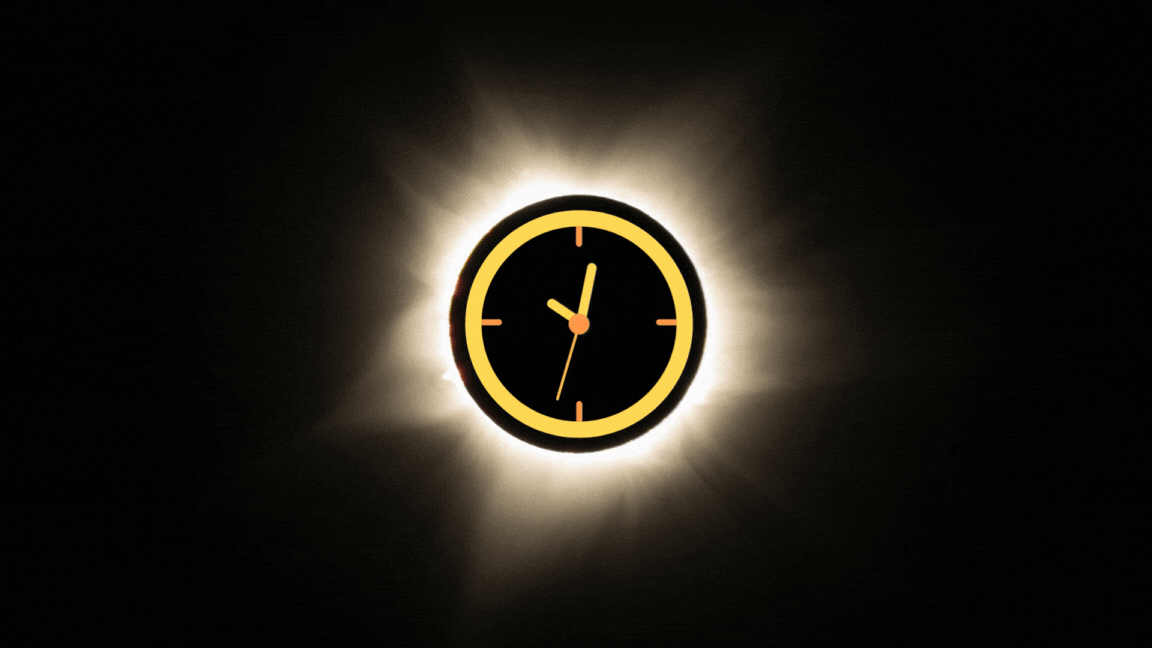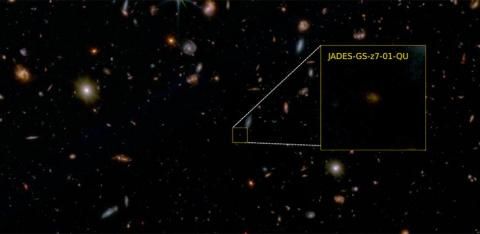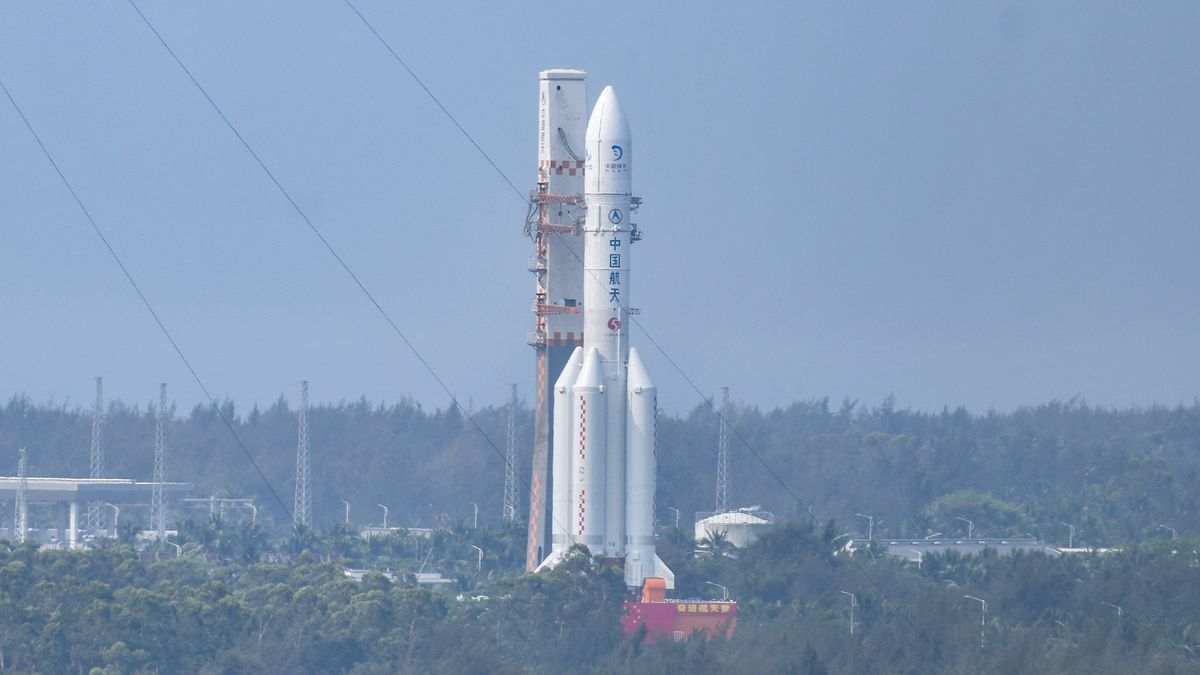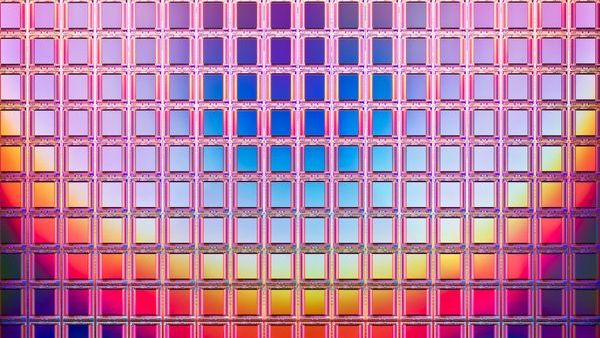Observing the 2024 Solar Eclipse
The upcoming solar eclipse in 2024 is generating significant excitement worldwide, with the first place in North America to experience the totality stage being Mazatlán in Sinaloa, Mexico. This rare astronomical event will see the moon covering 100% of the sun’s disk, with totality beginning at 11:07 a.m. MST and lasting an impressive 4 minutes and 20 seconds.
Following this, the total solar eclipse will traverse through two more Mexican cities, Durango and Coahuila, before entering the U.S. in Texas. The path of totality will then extend across 15 U.S. states before making its way into Canada. With over 32 million people residing within the path of totality in the U.S. alone, this eclipse is anticipated to be one of the most witnessed celestial events in history.
Path of Totality and Key Locations
During a total solar eclipse, the moon comes between the sun and Earth, casting a shadow on our planet. For observers within the path of totality, which is a 115-mile wide route through North America, the moon will completely obscure the sun’s disk.
Notable locations along the path of totality and their corresponding timings include:
- Mazatlán, Sinaloa, Mexico
11:07 a.m. MST – Duration: 4 minutes 20 seconds - Durango, Durango, Mexico
12:12 p.m. CST – Duration: 3 minutes 50 seconds - Torreón, Coahuila, Mexico
12:16 p.m. CST – Duration: 4 minutes 11 seconds
Partial Eclipse Viewing
For individuals outside the path of totality, it may still be possible to witness a partial solar eclipse. Key locations for the partial solar eclipse and their relevant details are outlined below:
- Mexico City
Percentage of sun covered: 74%, Time of maximum eclipse: 12:14 p.m. CST - New York
Percentage of sun covered: 90%, Time of maximum eclipse: 3:35 p.m. EDT
Safety Measures for Viewing
It is imperative to view the solar eclipse safely by utilizing solar filters. Only individuals within the path of totality can briefly remove their filters to observe the sun’s corona with the naked eye. Those outside the path of totality must keep their filters on throughout the event.
For individuals observing the partial phases of the eclipse, including those outside the path of totality, solar eclipse glasses are essential. Cameras, telescopes, and binoculars must have solar filters attached to ensure safe viewing. Detailed guidelines on observing the sun safely can be found in our comprehensive guide.
Conclusion
In conclusion, the 2024 solar eclipse promises to be a remarkable celestial spectacle, offering a unique opportunity to witness this awe-inspiring alignment of the sun and moon. Whether you are within the path of totality or observing a partial eclipse, adhering to safety protocols and taking in the natural wonder of this event will surely make for a memorable experience.
Image/Photo credit: source url





